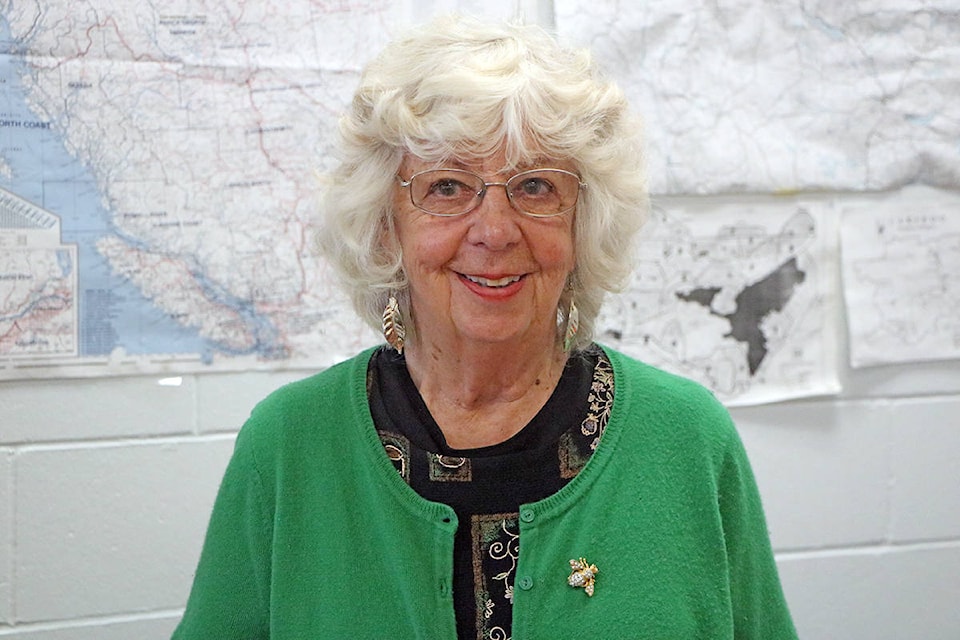Quesnel Forks is a place of dreams, the dreams that drew gold-seekers in the 1800s and the dreams of prospectors who still work small placer claims in the area.
Here at the fork of the Quesnel and Cariboo rivers the largest settlement in the B.C. Interior once flourished. The town was founded in 1860 as a major supply centre for gold rush prospectors at Keithley and Antler creeks, and in the Snowshoe Mountains.
However, the town was bypassed when the Cariboo Wagon Road was built to the west in 1865. Quesnel Forks began to drift into the past, except for a few determined residents. Then, after the completion of the Canadian Pacific Railway to Ashcroft, unemployed Chinese labourers found their way to the Forks and began to re-work claims in the area.
The town came alive for a time, the population rising even more in 1900 with workers from the nearby Bullion Pit Mine.
Today the impressive South Fork Bridge that dominates period photos of the town is gone. However, several buildings remain, with much restorative work done by volunteers. As in most historic sites, the cemetery at Quesnel Forks records the lives of its people. Headboards tell of death from hardship and age and the tragic end to many dreams. Weather-rounded depressions in the ground once held Chinese in temporary graves, until their bones could be sent home to their families in China.
READ MORE: Maiden Creek Hill ‘perfect view’ of Cariboo Wagon Road
One September weekend we camped at the Forks, to wander around the site and to twirl a bit of gravel in our gold pans. But the only gold to be found was in the leaves that began to fall in a rainy breeze. At dusk the campsite seemed to be part of a Bateman painting; the Cariboo and Quesnel rivers running high with foaming rapids, treed slopes dark in the rain, a bald eagle motionless in the mist on the top of a pine. In the pale light from the cottonwood canopy high above, shadows seemed to glide between the remnants of buildings, through rose-tangled backyards and over traces of mouldering foundations.
In the fading light, a doe walked out onto the gravel beach across the river from our camp. She stepped lightly over the stones in an unhurried evening stroll. She nibbled at a tuft of grass here and there, then disappeared where the beach ended in a bank of roots and a windfall that hung over the water.
Early the next morning, a cougar slipped smoothly from the trees and onto the gravel, a powerful presence, tawny in the slanting light. He slowly traced the doe’s path over the stones, stopping for a moment at each clump of grass, and then was gone.
Later that day, two does burst noisily through the underbrush and clattered onto the beach, their panic obvious as they paced the riverbank, looking nervously over their shoulders toward the trees behind them. They waded into the river several times and then hesitated, turning back from the fast-moving water.
Suddenly, in a single motion, they leapt into the rapids. They were swept out into the middle of the river, only their ears visible above the water. They vanished from sight around a bend.
In the silence across the river, the thin branches of willow shrub twitched like the whiskers of a cat.
newsroom@100milefreepress.net
Like us on Facebook and follow us on Twitter.
